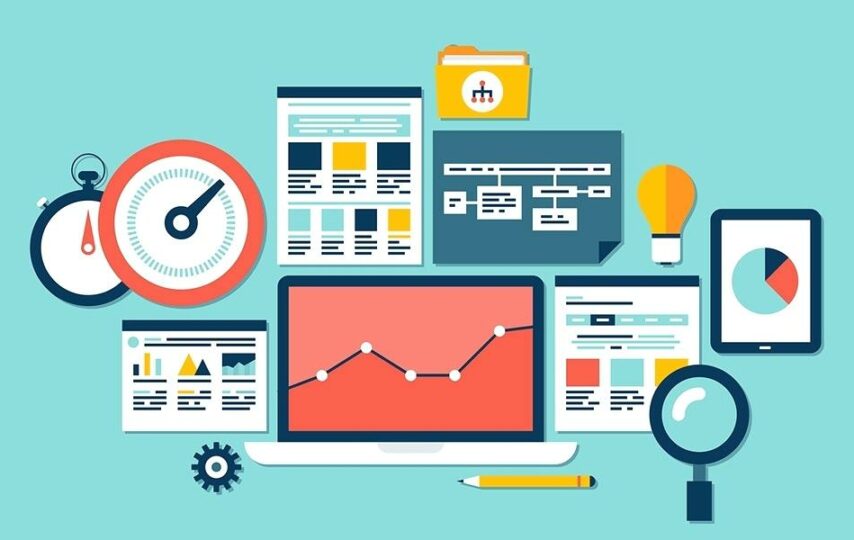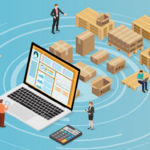In the rapidly evolving digital landscape, non-profit organizations and social and human service agencies are beginning to recognize the immense value of leveraging software to streamline processes and improve efficiency. These innovative tools can enhance client engagement, facilitate seamless task management, and simplify the complex case handling process.
Human services software offers a wide array of features and functionalities that cater specifically to the unique needs of these organizations. From comprehensive client databases to automated reporting and analytics, these tools empower organizations to optimize their operations and deliver impactful services to their communities.
However, with the abundance of available options, selecting the most suitable human services software configurable to your organization’s needs can take time and effort. It is crucial to consider 4 critical elements when making this decision. This article will guide you through the essential factors, ensuring you choose the right software solution that aligns with your organization’s goals and requirements.
By carefully evaluating the four critical elements outlined in this article, you can make an informed decision and select human services software that will meet your organization’s immediate needs and scale and adapt to future challenges and opportunities.
1: Prevents Duplicate Tasks
Redundancy can be a significant bottleneck in non-profit organizations and social service agencies. It leads to unnecessary duplication of tasks across different departments, wasting valuable resources and time. Hence, the first crucial feature to look for in your human services software is its capability to eliminate redundancy.
The ideal human services software configurable to your organization’s needs should allow seamless data integration across various departments. Whenever a change is made in one data field, it should automatically update all linked fields. This feature prevents the need for re-entering identical information, thus saving time and reducing the risk of errors.
2: Ability to Digitize Processes
Paper-based processes are not only time-consuming and error-prone, but they also make tracking progress and outcomes challenging. That’s why it’s important to consider the second aspect of your human services software: its capability to digitize these paper processes. Doing so can streamline operations, enhance accuracy, and simplify tracking and managing tasks and results.
Look for human services software configurable to your organization’s needs that offers digital alternatives for traditional paper tasks, such as e-signatures, digital forms, and secure online document storage. By transitioning from paper to digital, you can boost efficiency, minimize errors, and contribute to environmental sustainability.
3: Simplify Data Entry and Retrieval
Data entry and retrieval can be tedious, especially when dealing with vast amounts of information. The proper human services software can simplify this process, sparing your staff from mundane tasks and reducing the likelihood of errors.
Choose human services software configurable to your organization’s needs with an intuitive interface for easy data entry and robust search and filtering capabilities for effortless data retrieval. Automation features like auto-fill and auto-correct can further streamline these processes.
4: Enhance Reporting Capacity
Generating effective reports is critical for non-profit and social service agencies. It allows them to track progress, measure outcomes, and demonstrate transparency to stakeholders. Therefore, enhanced reporting capacity is a must-have feature in your human services software.
Opt for human services software configurable to your organization’s needs that offers comprehensive reporting tools, including customizable reports, visual dashboards, and real-time data updates. These features provide valuable insights into your operations, enabling you to make informed decisions and improve service delivery.
4 Elements To Look For In Human Services Software – In Summary
When choosing human services software for your non-profit or social service agency, it is crucial to prioritize solutions that eliminate redundancy, streamline paper processes, simplify data entry and retrieval, and enhance reporting capacity. By doing so, you can optimize efficiency and effectiveness in delivering services to those in need.
Remember that choosing the appropriate human services software configurable to your organization’s needs is an investment in your organization’s future. Take your time to thoroughly assess various options and select one that perfectly aligns with your needs and goals. This deliberate approach will ensure optimal functionality and efficiency for your organization.
This thoughtful decision-making process will ensure that you maximize the benefits and impact of the software on your operations and ultimately contribute to the overall success of your organization.







